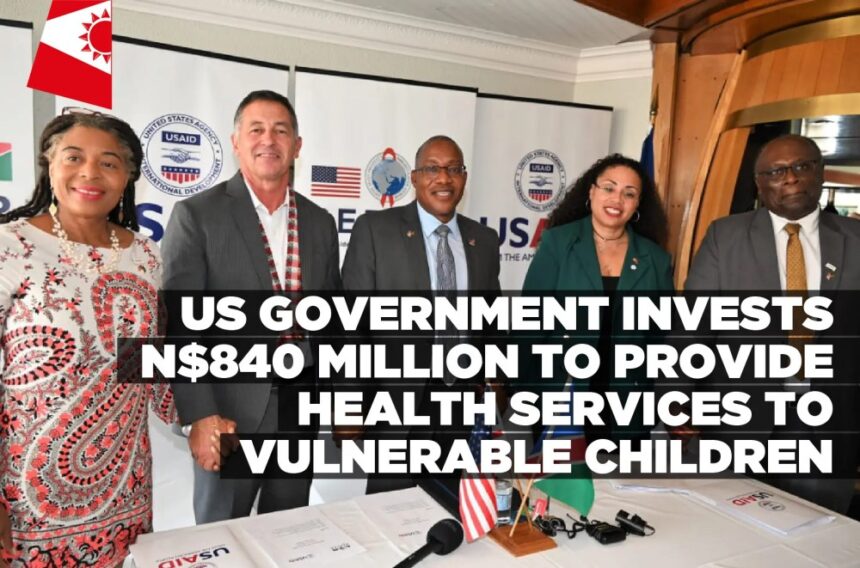Staff Reporter
THE U.S. President’s Emergency Plan for AIDS Relief (PEPFAR) will invest approximately N$840 million (US$45 million) in providing health and social services to vulnerable children, adolescents, and youth in Namibia.
This was announced by Tamara Cox, the PEPFAR Namibia Deputy Principal for USAID, who is currently visiting the Land of the Brave. The five-year “Reach Namibia” program operates in eight regions where 80% of the population reside. The children and youth who are made vulnerable by HIV in these regions will experience improved access to health and social services to prevent them from contracting HIV and to stay AIDS-free. The Reach Namibia program will be managed by the United States Agency for International Development (USAID) and implemented by two local organizations: Project HOPE Namibia, operating in Khomas, Oshana, Omusati, Ohangwena, Oshikoto, and Zambezi regions, and Intrahealth Namibia, operating in Kavango East and West.
“Reach Namibia is building on the successes of our DREAMS program – which stands for Determined, Resilient, Empowered, AIDS-free, Mentored, and Safe – as well as activities that have improved the lives of orphans and vulnerable children, especially those living with HIV through our Namibia Adherence and Retention Project. Through this new program, USAID will reach those children and youth who have yet to be reached, including adolescent boys and young men made vulnerable due to HIV,” explained Cox.
Cox was joined on the official visit by Maria Price Detherage, the USAID Deputy Assistant Administrator for Africa. Both are in Namibia to gain firsthand experience about U.S. government programming in the country by visiting various development and health projects, including the Central Medical Store in Windhoek and clinics providing ART (antiretroviral treatment) and VMMC (voluntary medical male circumcision) at the Engela Hospital in the Ohangwena Region. Price Detherage praised Reach Namibia for its focus on fortifying young Namibians and their communities to meet the Ministry of Health and Social Services (MOHSS) goal of 97-97-97 by 2028 in Namibia. This means 97% of the population know their HIV status, 97% of those who are HIV-positive are on treatment, and 97% of those on treatment have a reduced viral load. According to MOHSS Executive Director Ben Nangombe, who also attended the event, Namibia currently stands at 92-99-94, putting the country on the cusp of achieving an AIDS-free generation.
Price Detherage visited Angola and Botswana prior to arriving in Namibia to share USAID’s broader vision for the sub-Saharan region, which includes increased programming to tackle food insecurity intensified by climate change and improve countries’ resilience to its impact. “Climate change contributes to increased floods and droughts that threaten food security all over Africa, and Namibia is particularly prone and vulnerable to these adverse weather effects. Food insecurity threatens Namibia’s ability to maintain HIV epidemic control and become AIDS-free, as ART adherence is difficult on an empty stomach,” highlighted the USAID Deputy Assistant Administrator. The United States Government, through USAID, has been supporting Namibia since independence, specifically in the health, education, economic, energy, and environment sectors.



Leave a Reply